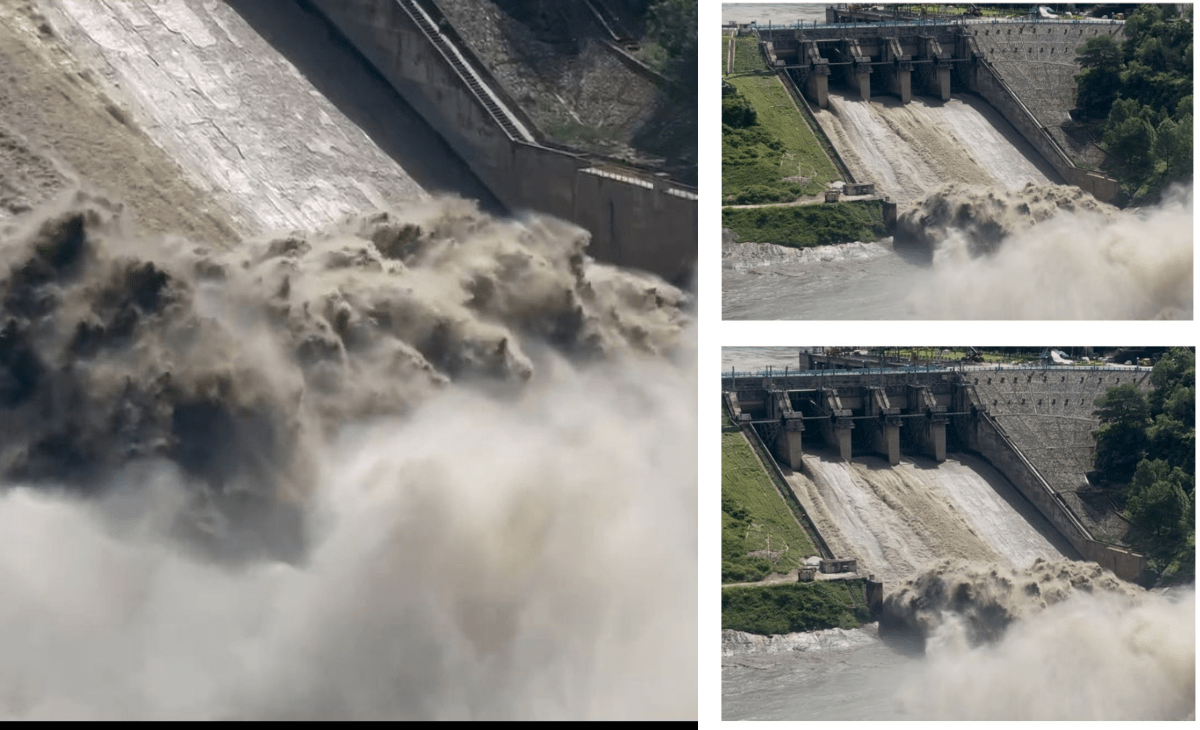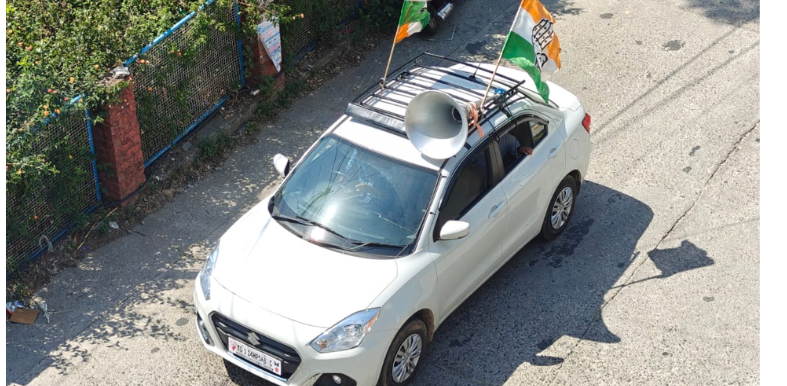Munish Sood
MANDI: Continuous heavy rainfall in Himachal Pradesh’s Kullu district on Monday night led to a sudden surge in the water level of the Pandoh Dam, compelling the authorities to open three gates and release nearly 60,000 cusecs of water into Beas river.
Officials of the Bhakra Beas Management Board (BBMB) confirmed that along with the increased inflow, the reservoir registered a silt concentration of over 20,000 parts per million (ppm), a level high enough to disrupt operations and warrant strict precautionary measures. On Sunday, the inflow had been just 30,000 cusecs, highlighting the steep overnight rise.
Less than 20 feet below danger mark
As of Tuesday morning, the dam’s water level was recorded at 2,924 feet, well below the danger mark of 2,941 feet, ensuring that the structure itself remains secure.
The sharp rise in silt has forced a reduction in the flow through the Baggi Tunnel, a critical channel with a maximum capacity of 9,000 cusecs. At present, only 3,000 cusecs are being diverted to the Dehar Power House, resulting in a considerable drop in electricity generation.
BBMB officials warned that if silt levels climb further, the Baggi Tunnel may have to be completely shut down as a safety measure, a move that could significantly affect power output in the region.
Situation under control, monitoring intensified
BBMB Pandoh’s Executive Engineer Chandramani Sharma assured that the situation remains under control. “Both water levels and weather conditions are being closely monitored. Rainfall in the Kullu-Manali belt has now subsided, which reduces the risk of any further sharp inflow,” he said.
Despite the relative easing, the BBMB and the district administration have issued a public advisory, asking residents and tourists to avoid going near rivers and streams, stay alert and refrain from believing in unverified information or rumours. Authorities confirmed that a precautionary alert has been issued for vulnerable areas along the Beas.





